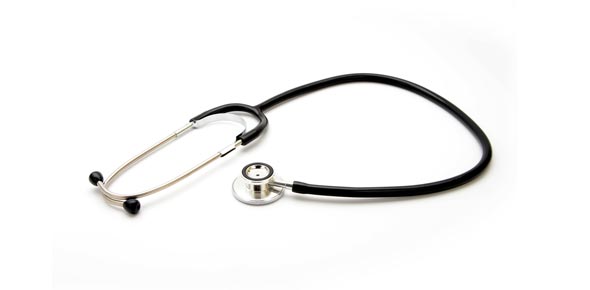Related Flashcards
Cards In This Set
| Front | Back |
|
Injuries in which soft tissue recieves more energy that it can absorb from thermal heat, chemicals, or electricity.
|
Burns
|
|
Damage caused to the skin by chemicals.
|
Chemical burns
|
|
Injury caused from contact with electric current.
|
Electrical burns
|
|
Burns affecting only the epidermis. Characterized by skin that is red but not blistered or burned through.
|
First-degree (superficial) burns
|
|
Burns affecting the epidermis and some portion of the dermis but not the subcutaneous tissue. Characterized by blisters and skin that is white to red and moist.
|
Second-degree (partial-thickness) burns
|
|
Damage to the skin caused by contact with hot objects, flammable vapor, steam, hot liquid, or flames.
|
Thermal (heat) burns
|
|
Burns that affect all skin layers and may affect the subcutaneous layers, muscles, bone, and internal organs, leaving the area dry, leathery, and white, dark-brown, or charred.
|
Third-degree (full-thickness) burns
|
|
Bleeding from the front of the nose.
|
Anterior nosebleed
|
|
A contusion on the mastoid area of either ear; sign of a basilar skull fracture.
|
Battle's sign
|
|
A temporary disturbance of brain activity caused by a blow to the head.
|
Concussion
|
|
A bruise; an injury that causes a hemorrhage in or beneath the skin but does not break the skin.
|
Contusion
|
|
Bleeding from the back of the nose, which ma flow out of the nose, which may flow our of the nostrils and into the mouth or throat.
|
Posterior nosebleed
|
|
A break of part of the skull (head bones).
|
Skull fracture
|







